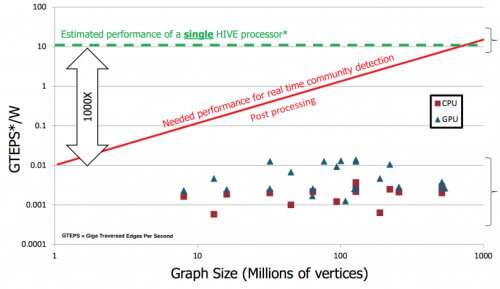- Get link
- X
- Other Apps
- Get link
- X
- Other Apps

The growing need for increased computing power forces manufacturers to come up with all the new types and methods of computation. And yet the development of technology does not always go well with the hardware. To correct this omission, scientists from DARPA undertook as part of the project on Managing Perspective Research Programs. Their project, which is allocated 80 million US dollars, is designed for 4 years, it involves companies such as Intel, Qualcomm and Northrop Grumman. The project is called HIVE and is designed to increase the efficiency of computing systems by 1000 times due to the creation of an entirely new type of architecture for processors.
HIVE (Hierarchical Identify Verify Exploit) should become the world's first specialized graph-analytic processor (GAP). This kind of processors should be very different from "traditional" computing devices. Their architecture is optimized for efficient processing of information provided as graphs, which requires a new memory architecture that can provide access to arbitrary addresses at speeds of several terabytes per second.

Unlike the current memory elements stored in arrays of consecutive cells, memory for the architecture of HIVE will have to provide access to the eight-bit values stored in arbitrary cells. According to one of the leaders of the HIVE Tran Tran program,
"Due to the peculiarities of the new architecture, the processor based on HIVE will be able to simultaneously perform arbitrary tasks that use data stored in different areas of the same memory array. In addition, several processors will be able to access a single array of memory, each of which will have its own local ultra-fast memory intended for storing variables and intermediate data. This will significantly increase the speed of computing. "
The article is based on materials .
- Get link
- X
- Other Apps
Comments
Post a Comment